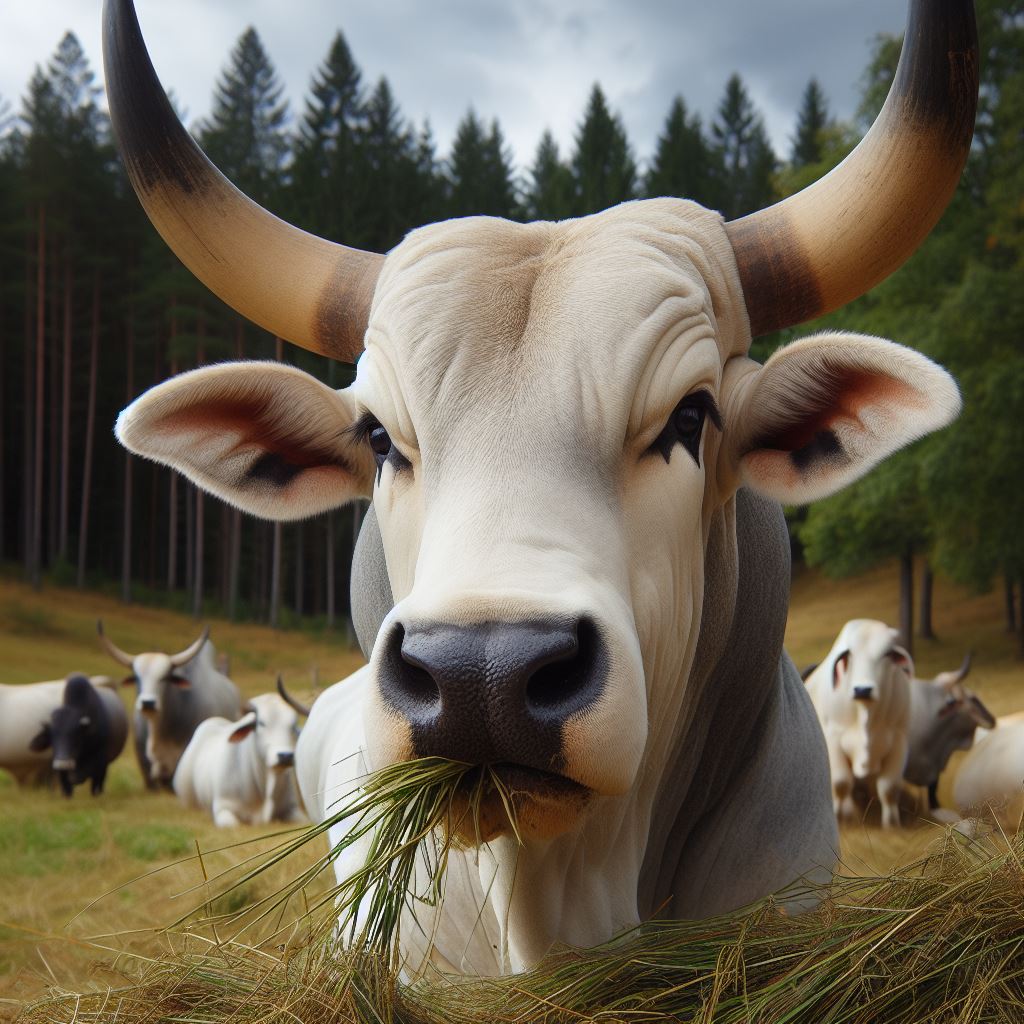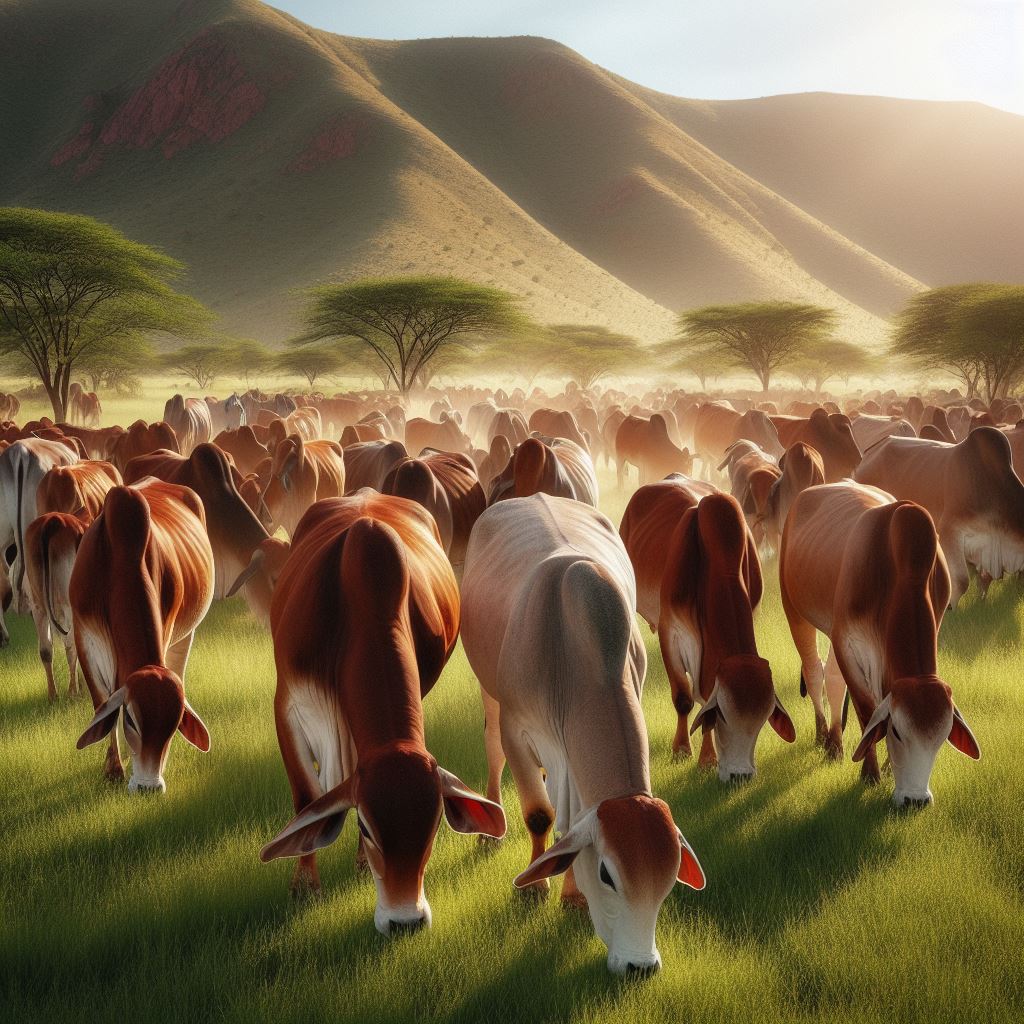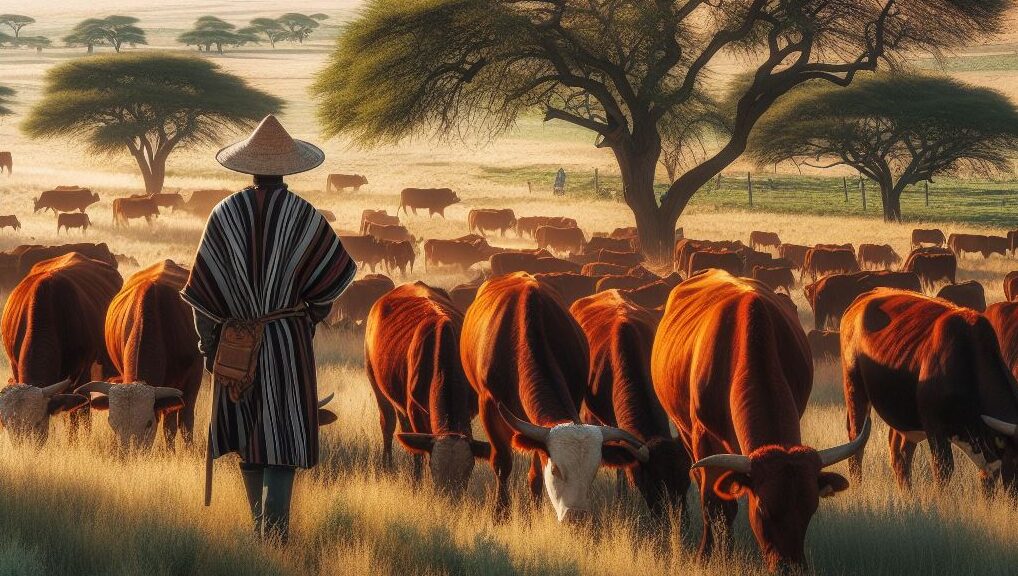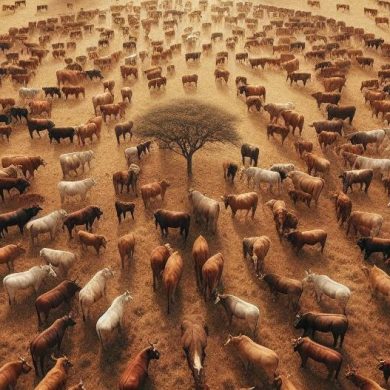Namibia’s beef industry: This article provides an overview of the beef production sector in Namibia, which is a major source of income and employment for the country. The article on Africa-Press that talks about how cattle producers in Namibia are thriving despite the challenges they face. Namibia is the driest country in sub-Saharan Africa, and its agricultural sector relies largely on groundwater. Despite the high temperatures and the scarcity of water, Namibian farmers have been raising beef cattle successfully for many decades. As of November 2020, around 70% of the country’s population relied directly or indirectly on agriculture for their income, and this industry is also one of Namibia’s biggest employers. Livestock farming contributes around 66% of agricultural production in Namibia, and livestock production (particularly that of beef) is largely export-driven. South Africa is Namibia’s largest import partner, and food products account for most of these imports. Other critical import partners include the Netherlands, Germany, Russia, and Morocco. In 2019, Namibia exported around 12,400 tons of meat, mostly to the US, Europe, South Africa, and China
5 Things You Didn’t Know About Cattle in Namibia
1. Adaptability to Harsh Environments: Namibian cattle, such as the Bonsmara and Afrikaner breeds, are known for their remarkable adaptability to the country’s challenging climatic conditions, including arid regions and sparse vegetation.
2. Role in Traditional Livelihoods: Cattle play a crucial role in the traditional livelihoods of many Namibian communities. They are not just a source of meat and dairy but also hold cultural significance, often used in ceremonies and as a form of wealth.
3. Conservation Grazing: In some regions, cattle are used as part of conservation efforts to manage vegetation and prevent wildfires. They mimic natural grazing patterns, contributing to ecosystem health.
4. **Disease Resistance:** Namibian cattle are bred for disease resistance, particularly against tick-borne diseases that are prevalent in certain areas. This selective breeding helps maintain healthier herds.
5. Economic Impact: The cattle industry significantly contributes to Namibia’s economy. Livestock farming, including cattle ranching, plays a vital role in providing employment and generating income for many Namibians, especially in rural areas.


More to know,
An article on Farmers Weekly that reports a complete ban on the movement of cattle in four areas in the Kavango West Region of Namibia following an outbreak of contagious bovine pleuropneumonia. The disease, commonly known as lung sickness, was first detected in the Ncamagoro and Musese areas





Leave a reply